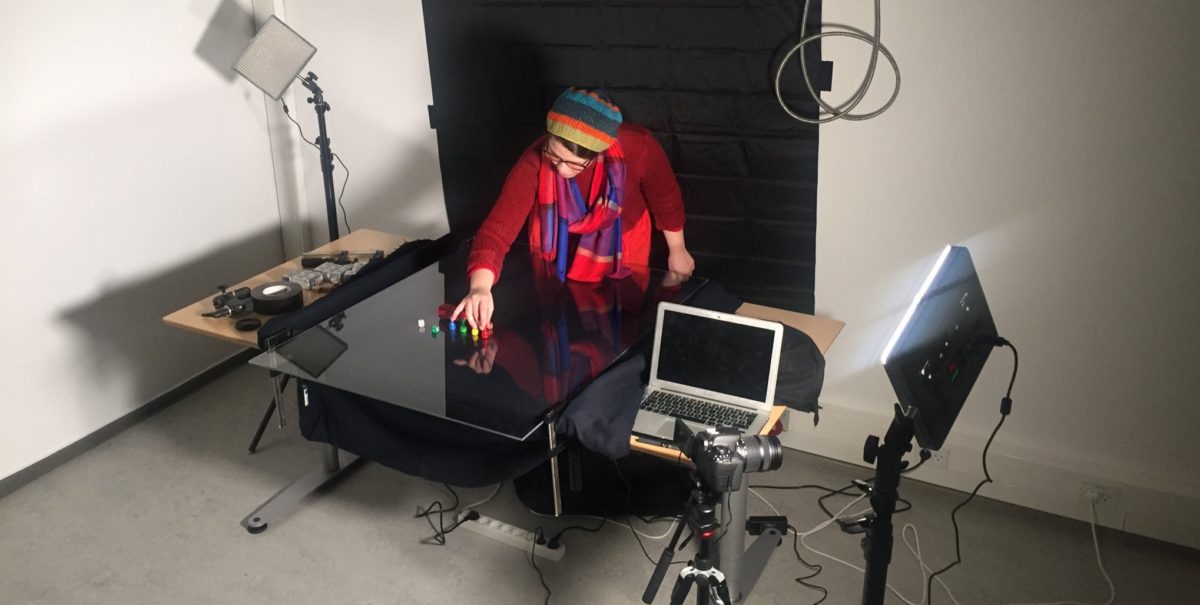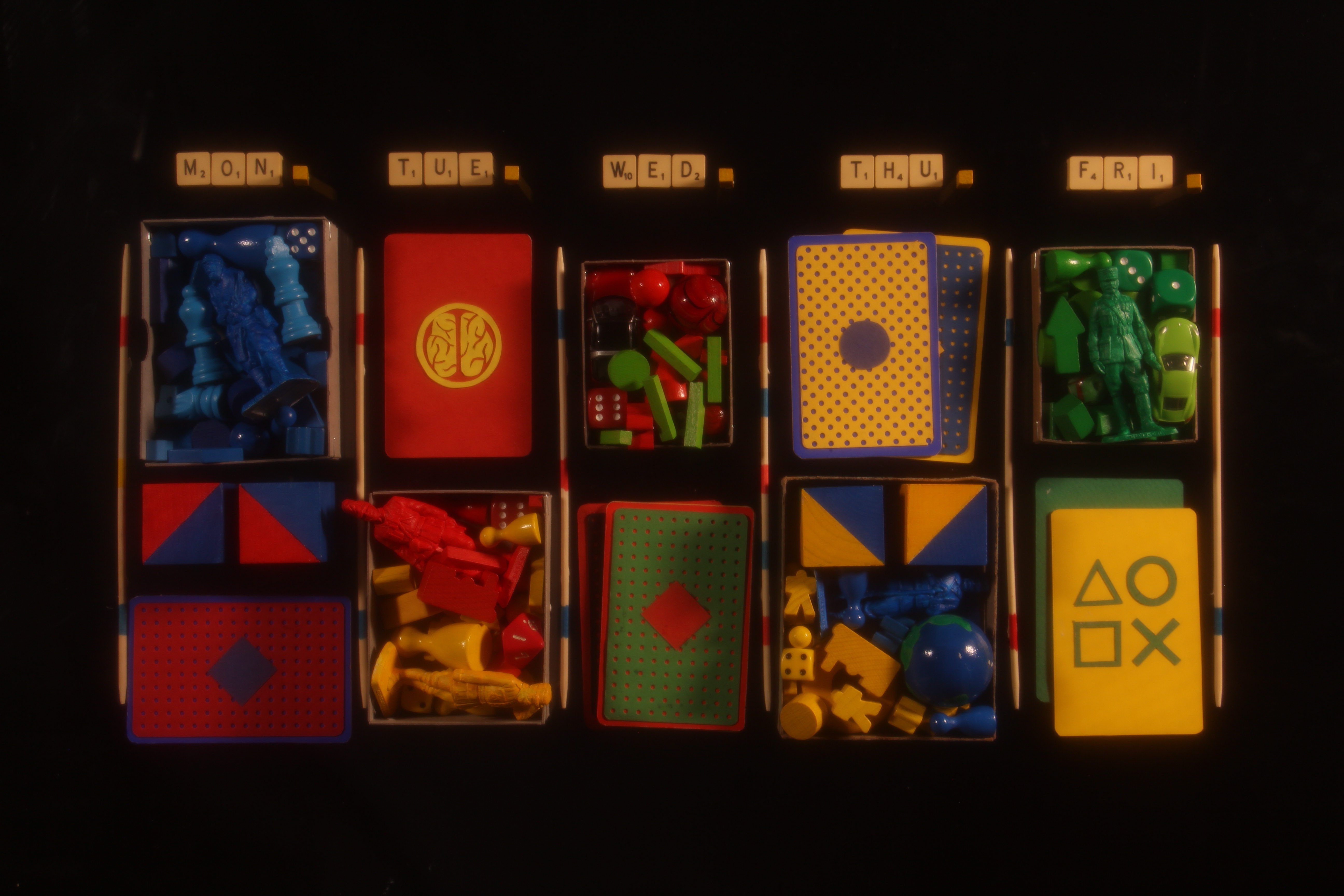
Stop motion from Paris
We are working on a new learning concept, ReGAME which links research and education. To get a better understanding of what is citizen science, game-based education and the combination of these, we invited a stop-motion animator from Paris. Charlotte Arene graduated from ENSAD in 2016 after studying illustration and animation for 4 years. She already directed some movies during her study years and even gained some experience with science communication. She is working with stop motion technique, which is a frame by frame animation of objects. She’s also using a special structure, called multiplane camera.
Charlotte came in contact with the world of science when Julien Bobroff physicist, the founder of Physics Reimagined found her through a teacher’s recommendation. “It’s not what I expected as a student. Science is a rather surprising direction for me. In high school, I was focused on literature and didn’t have much interest science.” Julien and Charlotte made their first film together, called ‘The researcher’s article’. That first collaboration with science was so successful that it lead Charlotte to further project opportunities in the world of science communication. That’s how she has met Janet Rafner who led Charlotte all the way up to the North, ScienceAtHome headquarters in Aarhus, Denmark.

Multiplane camera
The multiplane camera is a device that is comprised of one or several glass panels, placed on top of each other, and a camera fixed on top, facing downwards. This contraption allows you to place objects at different heights on the glass panels and therefore creates an illusion of depth. That’s the contraption Charlotte's usually working with. “Depending on the project, I work from home or at the project’s studio. I don’t have my own studio yet, so at home, I set up the multiplane camera in my room. ScienceAtHome helped me set up a temporary studio at Aarhus University. The multiplane contraption I built here at the has only one glass panel because this time instead of playing with the depth, I just needed to create a black background and one glass panel is enough for that.”
Stop motion vs animation
"Stop motion is just awesome!"—says the enthusiastic artist. However, there is more than that to it. Stop motion can be cost-effective depending on the scale of the project. If it’s a long movie, stop-motion actually costs more because it’s more time-consuming than CGI animation. But that’s not the main factor: "For me, it has a magical quality to see real-life objects and make them move seemingly without hands in the end result. It’s different than 3D animation because in that case, your brain knows that the 3D objects are not real. Even with the most realistic 3D image, you’re still aware that it’s not real and it doesn’t feel magical. Stop motion gives a kind of warmth and special quality to the movement which I love. From my point of view as an animator, it’s very pleasant to work with real objects. I’ve been training in school to make a bit of 3D and hand-drawn animation but I didn’t have the patience for that—making the same drawings with tiny changes feels repetitive and exhausting to me. Animating right under the camera is much more relaxed and there is a bit of improvisation in it which I like very much. I get bored if I need to plan every single step.”

Stop motion about ReGAME
The communication of science is always very important at ScienceAtHome, Charlotte and Janet were brainstorming about how would be the best to explain the ReGAME concept. They were looking for some concepts and constraints to make a film. The best idea was to create an analogy with board games. It’s easy to find objects that everyone knows from childhood and can relate to them. It’s very important to catch the heart of a wide, not-science-expert audience. From the baseline of the idea, everything grew exponentially from there. “I’ve been collecting board game figurines, chess figures and even tiny tin soldiers from a French flea market. I also got a box of wooden pawns which was a huge help and a source of inspiration. We figured out how to use them as characters.” The animated characters are color-coded with the main colours from boardgames: blue, yellow, red and green. This color-coding also creates a pattern and the audience can immediately identify it as a playful concept.
Stay tuned to watch the new stop-motion video in full length. Till then, enjoy our little teaser video about the making process:
Watch more of Charlotte Arene’s work here: https://vimeo.com/charlottearene
